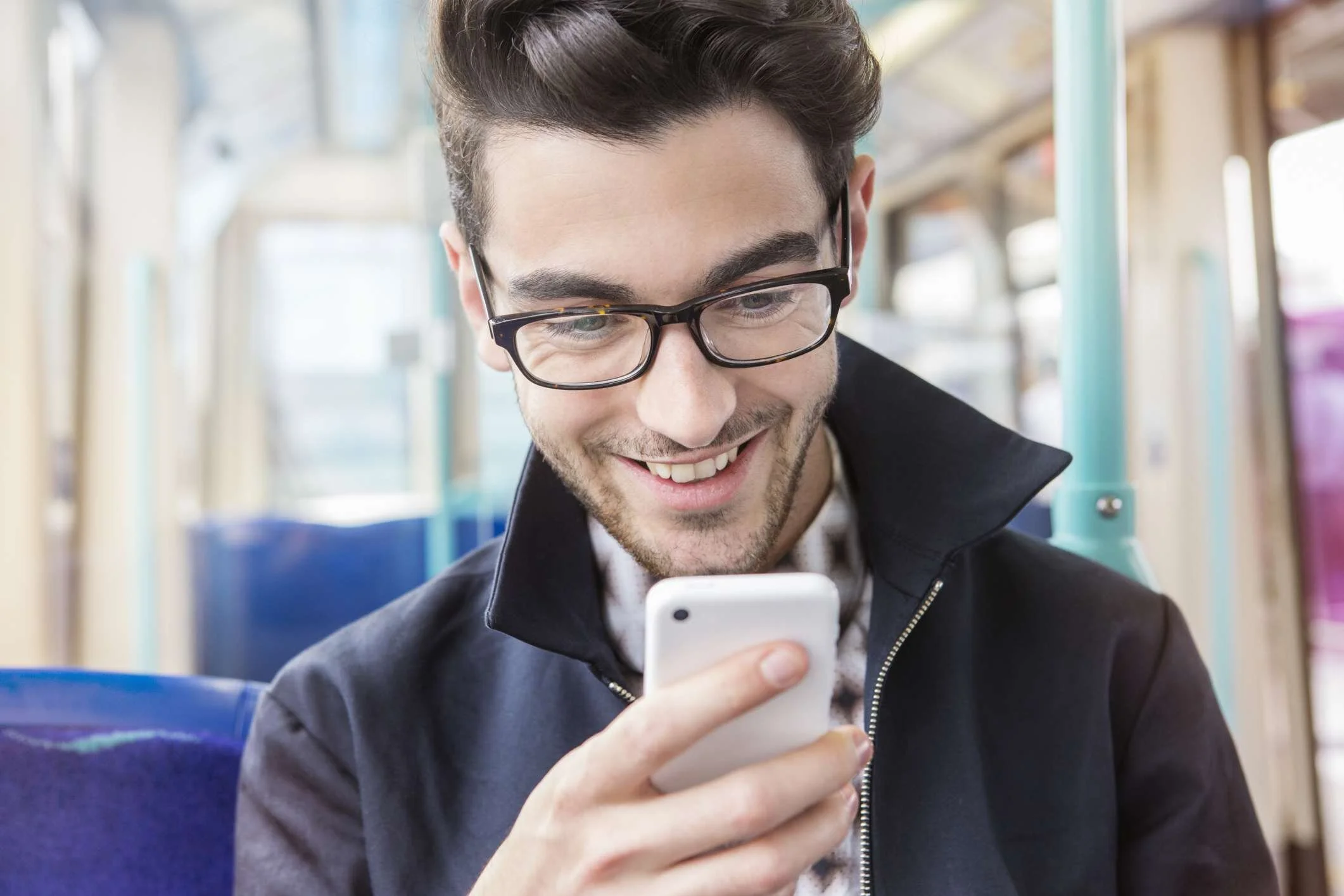Whitelisting is one way to make influencer content reach more people, more quickly. We take a look at three things consider in this month’s blog post.
Five Tips for Writing Effective Social Ads
Denver Startup Week: Navigating the Cannabis Landscape
State of Social (September 2019)
5 Bourbon Influencers to Follow During Bourbon Heritage Month
State of Social (August 2019)
4 Things to Know About the Facebook Top Fans Badge
State of Social (July 2019)
4 Tips for Finding the Best Influencer for Your Brand
State of Social (June 2019)
Beyond Your Listings: A 5-Step Guide to Yelp Success
Be on the Lookout: Checkout on Instagram
If you think about it, the changes that e-commerce has seen over the last two decades are beyond extraordinary. With the introduction of Amazon and eBay in the late 90s, to the digital marketplaces that are utilized in countless apps and websites, e-commerce is evolving right in front of our eyes. (Read more)
How to Leverage Social Media for Last Minute Holiday Sales
2017: 4 Social Trends on the Rise
Each year comes with a new batch of social media trends and experiments. In 2016 we saw one channel shamelessly copying another’s platform and users finding new ways to better engage on old channels. In just a couple of weeks, it will be a new year with brand new trends. Here’s what we’re predicting will be hot on social media in 2017:
Facebook’s New Feature Will Help Boost In-Store Sales
4 Common LinkedIn Advertising Pitfalls and How to Solve Them
Advertising on LinkedIn is something that both B2C and B2B companies are doing. Why? Because it’s the world’s largest professional network and the knowledge you can gain from advertising with them is nearly infinite. However, a successful LinkedIn campaign isn’t as easy as a click of the button. One common pitfall when advertising on LinkedIn is using the wrong targeting strategies. Read on to find out four common targeting struggles on LinkedIn and how you can fix them for your next campaign.
Budgeting for Social Ads
With the ever changing newsfeed one thing has become apparent, to stay in front of your audience you need to set aside ad dollars. Let's get down to it - so how much is it going to cost?
1. Industry matters.
If you're B2B plan on spending between $1 - $3 per engagement. If you're B2C cost per engagement will most likely run you $.30 - $60. I often say the more "fun" your business is (think food, spirits, fashion), the less money you'll need to spend.
2. Networks matter.
Whether you are B2B or B2C, Facebook tends to be the most cost efficient when it comes to social ads, followed by Twitter and then LinkedIn. This has held consistently true no matter what the industry. Facebook also allows integration of Instagram with its ad platform, so you can target two networks at once.
That said, if you can't find your audience easily through Facebook targeting, it may be worth spending the extra money on Twitter and LinkedIn. At the end of the day you want your message to reach the right people, even if that means fewer people overall.
3. Goals matter.
What's your ask? If you want people to click to an external website you'll probably pay more. If you want people to commit to liking your page versus liking a boosted post you'll also pay a slightly higher premium. The larger the "ask," the more you'll need to budget.
4. Reach matters.
Like any traditional ad buy, the more people you want to reach, the more it will cost you. I recommend a minimum $50 a month ad buy to clients. This allows you to boost two posts a week at $5 reaching around 1,000 - 3,000 people based on your targeting goals.
Social ads are accessible, easy to create and a must in today's world of social media marketing. Make sure you carve out budget to support your content, otherwise you may be talking to yourself.
Facebook's Call-To-Action Button, Worthwhile?
Any good community manager knows the action is in the newsfeed on Facebook. People like your page once and then interact with your content via the newsfeed page. Facebook's redesign of the page itself over the years has placed less and less importance on page design, outside of the cover photo, which when changed, feeds into the newsfeed. That's why I found it odd that Facebook rolled out the "Call to Action" button, a button which prompts fans to "Shop," "Contact," "Book," etc, and can only be accessed by visiting a business' page.Now you can make the argument that if someone needs to reach out to you they'll visit your page and behave in a more proactive manner, but those fans are few and far between. At least that's what my gut told me. I decided to test this theory by activating several "Call to Action" buttons on client pages and here are the results.
Out of the 10 pages I activated, only 1 click on a "Contact Us" button has occurred in the last two weeks and I'm not convinced that wasn't from me testing. These are active pages which are supported weekly with advertising and are gaining new fans daily. On the other hand by including a website link in a promoted post I received several clicks to "Shop" on my client's website. Not surprising as the content appeared in the newsfeed, not just the page.
The "Call to Action" button is free to install, so there's no reason not to do it, but don't rely on it to do the heavy lifting. If you really want to drive action you need to be where the action is and that's in the newsfeed. Include links to your site and promote your posts to a targeted audience to see results.
Using Twitter Cards for Coupons
Promoted Pins - How to Advertise on Pinterest
I admit it...I was probably way too excited to try my first Promoted Pin, but then again when you're a social media dork, these things happen. Pinterest recently rolled out Promoted Pins, a similar product to Facebook's boosted posts or Twitter's promoted tweet. The premise is to extend the reach of your pinned content to relevant users on Pinterest.To set up the promoted pin go to https://ads.pinterest.com/ and log into your company's Pinterest account. You must tie a credit card to that account, so be sure to have an AMEX handy.
Once inside, Pinterest populates recent pins and you can select which one you want to promote. It didn't populate all my pins which was a tad annoying, but after scrolling through I found one that would work for my test. Pinterest does want you to promote original content that you own, which makes sense anyhow if the end goal is to get people to click back from the pin to your website.
Once you have a pin selected you can choose interests, geography (medium to large cities), device type and gender. At this time you can't select age.
You then set your maximum CPC, how long you want the campaign to run and your daily campaign budget. Since this was a test I ran it for two days with a maxiumum $5 daily budget and $1.50 CPC. I was out $10 at the very worst. Keep in mind, you only get charged when someone clicks on your pin to go to your website, so it is totally possible to run a campaign and not spend anything.
Since the spend was minimal I didn't see outrageous results, but I did see a definite spike in reach for the particular pin I promoted. I also found it interesting to see what keywords / interests drove the most views. Using that information you can create more pins and boards around keywords that did well.
Overall, setting up a Promoted Pin was just as easy as a Promoted Post on Facebook. Pinterest doesn't have the robust analytics that Facebook has but it is making strides. And at the end of the day, Promoted Pins are another indicator that all social will need to have paid "media" in the mix when you want to expand your reach.
Go on. Test it out. The platform is fairly intuitive and you can set up an ad buy for minimal cost. Let me know what you think.




